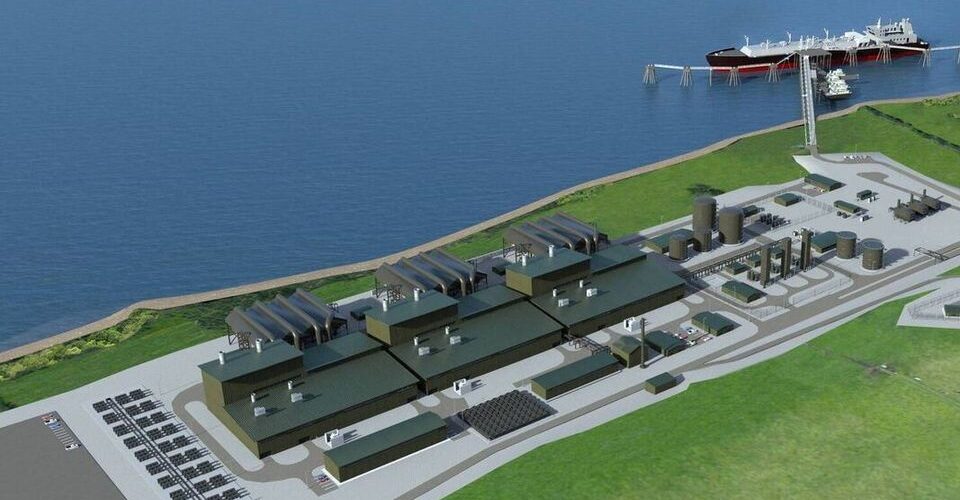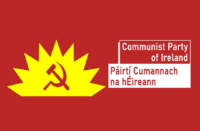“Ireland is one of 5 EU member states without domestic gas storage, something which has been identified as a considerable risk in the event of damage to one or both of our subsea gas interconnectors.” This line from a recent Department of Environment pre;ss release sounds rather familiar.
While the “considerable risk” and threat to undersea cables is used to rush Ireland into NATO and an EU army, scrap the Triple Lock and pursue rapid armament, the threat to subsea gas interconnectors is used to push once again for the construction of liquefied natural gas (LNG) infrastructure, solidifying the Irish place in the imperial fossil fuel network.
For the better part of this century, plans of bringing LNG from the Appalachian Basin to Ballylongford have been successfully resisted by communities and environmental activists.
In 2021, the government banned fracked gas, the particularly harmful fossil fuel commonly used in its liquified form, LNG; in November 2023 minister Eamon Ryan brought LNG back in the new energy policy. A few months back, we saw the next step of LNG proliferation with the government’s decision to build an LNG terminal.
A few months back, this policy was formally fully reversed with the government’s decision to build an LNG terminal. Citing danger of somehow simultaneously being cut off from Corrib gas field and Scotland gas infrastructure, minister Darragh O’Brien announced the need for a “state-led emergency gas reserve”. Both “state-led” and “emergency” are misleading qualifiers in this case.
The emphasis on state-led stems from the 15 years of resistance to the developer-led Shannon LNG project: now the importation of American fracked gas will be done by the state. Given that Shannon LNG has just been given permission from An Bord Pleanála, it is to be expected that a terminal under the same flag will follow suit, and lock Ireland further into the American fossil empire.
The emergency label is, at best, dubious. The new gas infrastructure is portrayed as a security measure: the emphasis on security in Irish government communications matches that of the fear-mongering European discourse of three-day survival kits and advertisements featuring children around a burning candle in the dark after a putative Russian attack on energy infrastructure.
After our gas interconnectors are sabotaged, we will run the country (to quote Minister O’Brien in the Dáil, “our hospitals and our businesses”) on the backup gas kept in the new terminal.
The new terminal is to be refilled 6 times a year: doing the maths, multiplying its capacity by six (as shown by the Stop Shannon LNG Coalition) we reach the amount of gas almost exactly matching state’s residential gas consumption.
This is not how emergencies work, but rather how fossil dependency works, integrating Ireland more closely with empire. There is a ratchet at work here: more American fossil fuels, more data centres to burn through the energy, more interest for “defence” and “security”, forcing Ireland into building a militarised fortress to defend capital and imperialist interests.
No cost is too high in this race, as we see that the state is more than happy to pay fines to the EU, continuously exceeding and ramping up its emissions and scaling up its fossil fuel-dependent power generation capacity. The strategic plan for 2030 claimed Ireland needs 2 gigawatts more in its gas-powered electrical power generation capacity. However, between permissions granted and permissions in the process of being approved, we see three times more capacity being built, in the form of gas-burning power plants to support the growing data centre industry and the interests of the fossil capital.
Organisations resisting LNG development in the Shannon area, gathered under the flag of the Stop Shannon LNG Coalition continue the fight, tying together the threads of imperialism for everyone to see: environmental destruction, militarisation, and the parasitic chokehold of capital.






